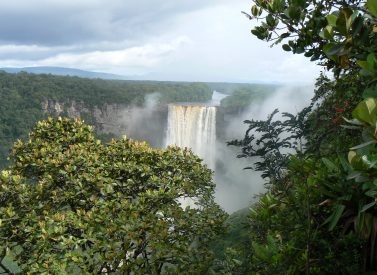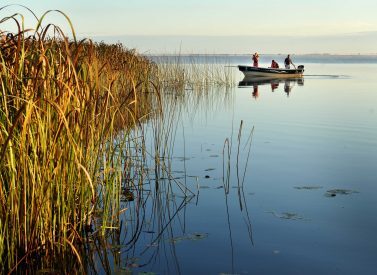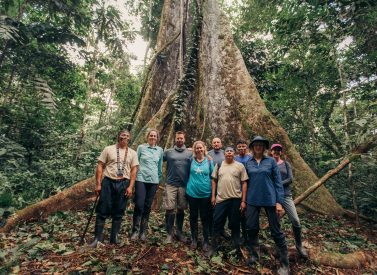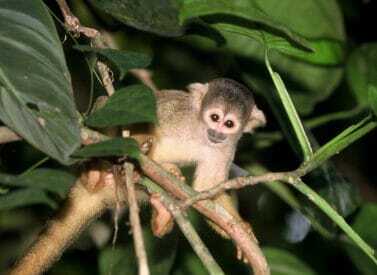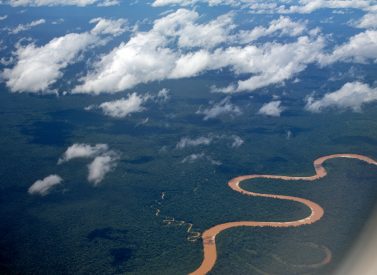Best Time To Visit Guyana: Weather and Seasons
 by Tom Shearman on 14th July, 2023
by Tom Shearman on 14th July, 2023
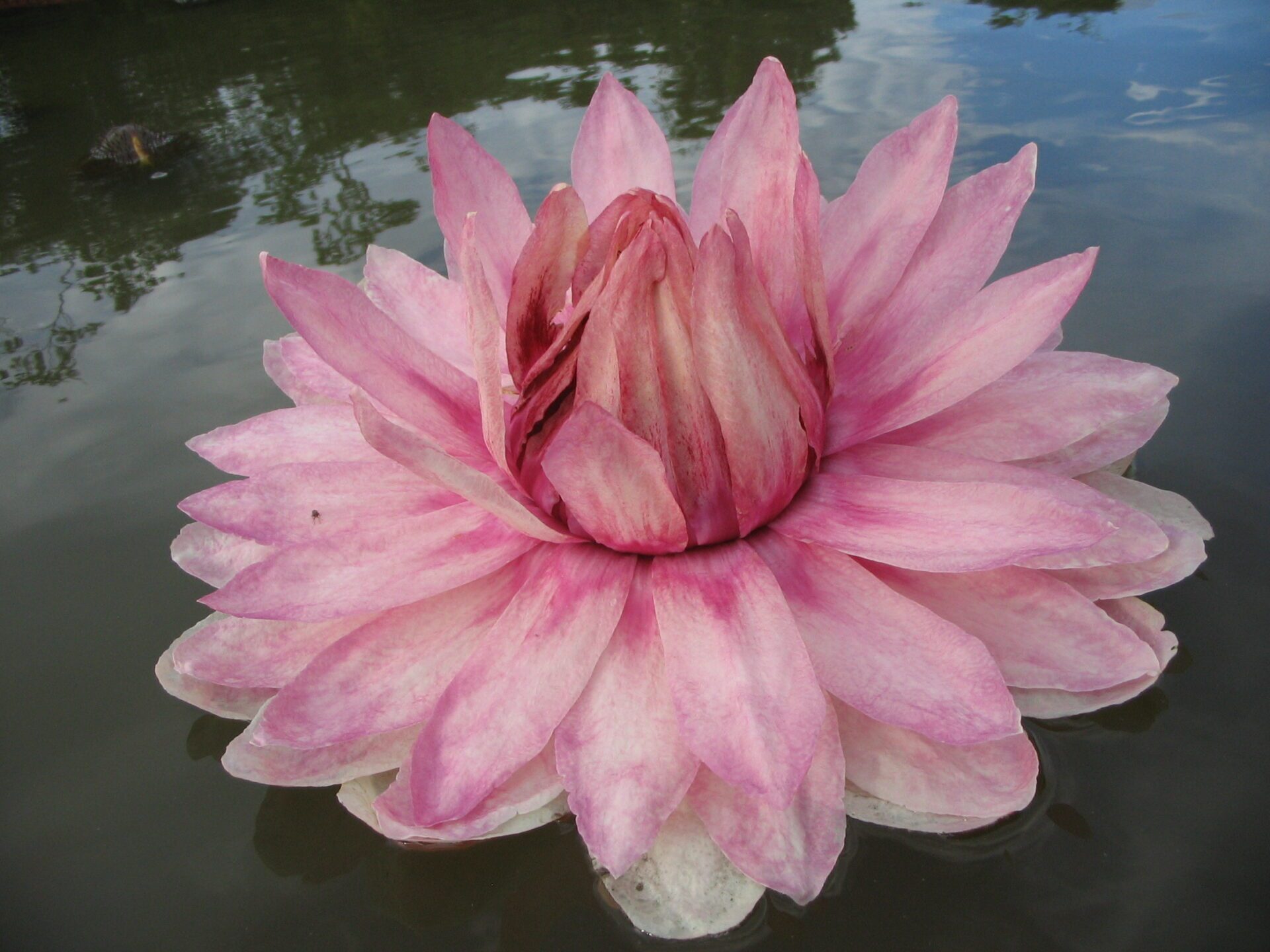
The best time to visit Guyana is during one of its two dry seasons: February to March or late August to September.
Like most destinations, the best time to visit Guyana may depends on travel preferences. Weather is never defined simply and Guyana’s seasons are a little more nuanced. Many people visit all through the year and have a wonderful time, regardless of season.
Remember, it can rain during the dry season and be sunny and rain-free during the rainy season. Read on to find out more about the best time to visit Guyana.
The Best Time to Visit Guyana: An Introduction to Guyana’s Weather
Guyana is a verdant green for a reason. Rain can fall anytime, nourishing the tropical forests covering around 90% of this beautiful land.
It’s also equatorial, meaning hot year-round. The dry season brings heat, while the cooler rainy season provides humidity.
Guyana’s average temperature is 27.5˚C/81.5˚F, and receives 91 inches/2.31m of rain annually. The country’s interior receives more rain than the coast, while Guyana’s savannah is its driest region.
For that reason, the interior has markedly different rainy and dry seasons.
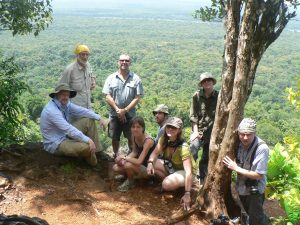
When Are the Dry and Rainy Seasons in Guyana’s Interior?
Rainy seasons can see vast areas of Guyana flood with rainwaters. There can also be many days without any rain and lots of sunshine.
- Dry seasons (interior): February to March | Late August to September.
- Wet seasons (interior): May to early August | Late December to January.
Note that we class the best travel times as September to November and February to April.
Humidity is high and can reach 90% during the rainy seasons, although the showers freshen things up.
The interior rains towards the end of December are lighter and refreshing showers. These rains last 2-3 weeks, coinciding with the cashew harvest, and are known locally as cashew rains.
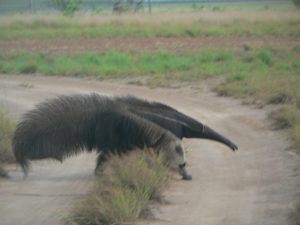
When Are the Dry and Rainy Seasons on Guyana’s Coast?
Guyana’s coastal areas receive a lot less rainfall than the interior and have slightly shorter rainy seasons than the interior.
On Guyana’s coast, the rainy and seasons are:
- Dry seasons (coast): February to March | Late August to September.
- Wet seasons (coast): May to mid-July | Mid-November to January.
Guyana Temperatures by Month
Here is a breakdown of the temperatures and rainfall in Guyana by month. Check Weather.com for a daily update.
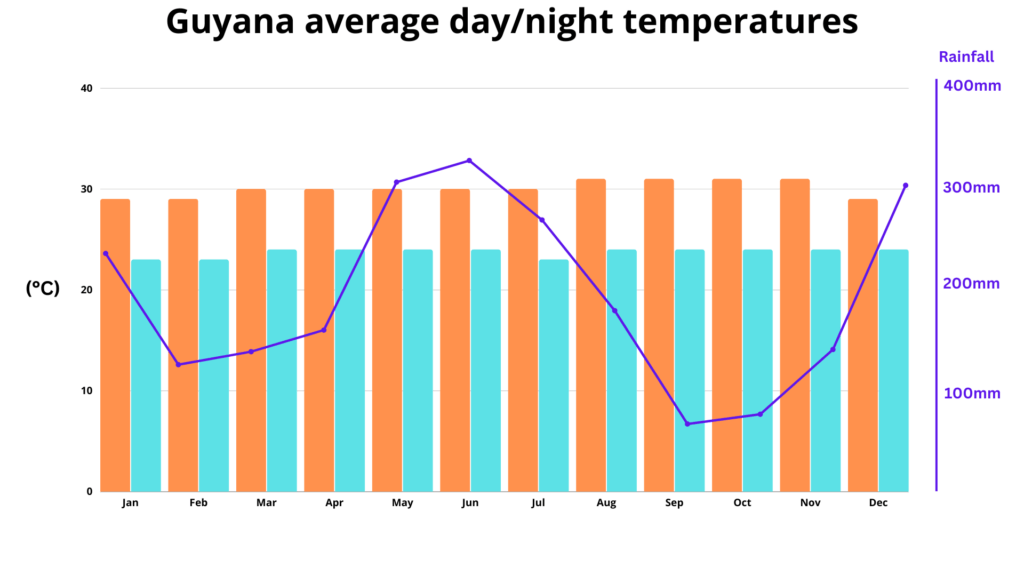
Dry Season or Wet Season: When Is the Best Time To Travel to Guyana?
There are pros and cons to travelling in the dry and rainy seasons and the months in between. Here are some advantages and disadvantages of visiting Guyana during its dry and rainy seasons.
Guyana’s Dry Season: What To Expect
A trip to Guyana’s interior is akin to that of the Amazon rainforest. The start of the dry season brings lush, verdant forests and loaded waterfalls making for dramatic appearances.
Average high temperatures reach 31°C / 88°F by day, then drop to around 24°C / 75°F at night. Always expect rainfall, wear cool and quick-drying clothes, and have long sleeves and trousers.
Insects are a perennial part of Guyana’s tropical landscape. However, there are markedly fewer insects in the dry season compared to the wet.
Roads remain in better condition making overland travel (usually) more accessible and more efficient. Walking through the jungle becomes easier as the swamp-like flooded plains retract and the savannahs open up.
There are greater chances of clear visibility of Kaieteur Falls on the flight into Guyana’s famous waterfall.
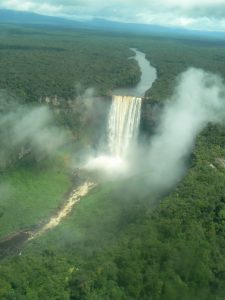
Guyana’s Wet Season: What To Expect
Temperatures may not differ significantly from the dry season, but the added humidity makes the wet season feel warm. Heavy downpours may come daily and last a short time or a couple of hours, followed by clear sunshine.
There are more mosquitoes and kaboura flies in the rainy season. Malaria is an issue in Guyana, so come prepared. Kaboura flies have a fierce reputation for leaving a painful welt after bites.
Roads are impassable even with 4x4s which may mean extra travel by boat. Gliding up rivers does make for an adventurous and wildlife-spotting bonus. The added peace and chance to meditate may be broken only by spotting some howler monkeys or otters.

When Is the Best Time To See Kaieteur Falls?
The best time to visit Kaieteur Falls is just after the rains, which swell the waterfalls, so late August or early February.
When Is the Rainy Season in Guyana?
Guyana has two rainy seasons: one for the interior and one for the coast.
- Dry seasons (interior): February to March | Late August to September
- Wet seasons (interior): May to early August | Late December to January.
- Dry seasons (coast): February to March | Late August to September
- Wet seasons (coast): May to mid-July | Mid-November to January.
Which Month Is the Hottest in Guyana?
The hottest months in Guyana are August, September, and October. Average daytime temperatures are around 31°C / 88°F.
The Best Time to Visit Guyana
The best time to visit Guyana depends on your interests. It’s a year-round destination, but travellers need to be aware of the rainy and dry seasons on the coast and in the country’s interior.
Our most popular trip, the Guyana Nature Experience, has set dates from February to May and August to December. But it’s perfectly possible to visit Guyana outside these dates.
Guyana is one of the most beautiful, diverse, and wildlife-rich destinations in South America and the world. You’ll have a life-changing experience whenever you travel.
Contact us to kickstart your Guyana adventure.
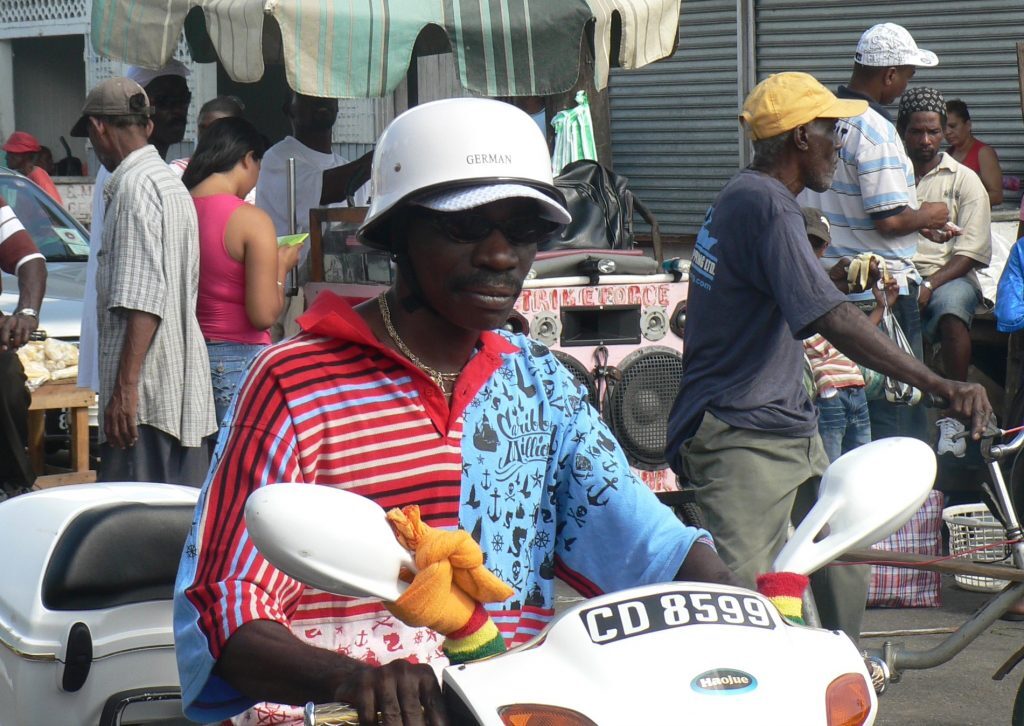
Share


 a Tailor Made Tour
a Tailor Made Tour 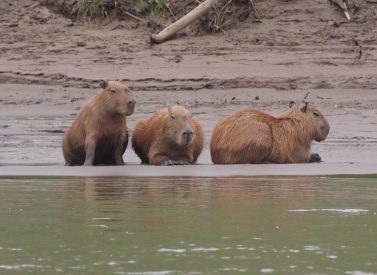




 a Group Tour
a Group Tour 